In Toyota’s History At Le Mans – Part 2, we pick up the automaker’s endurance racing exploits in the new millennium.
In part one, we looked back at Toyota’s early involvement in endurance racing and especially at the 24 Hours of Le Mans. But the race in France was seemingly unkind as it often left Toyota as the bride’s maid. The company finished P2 on three occasions behind Peugeot in 1992, Porsche in 1994 and BMW in 1999.
Click here to read the first part of this series.
Euro Force
The new century was started with a period of dominance by Audi, or should be say Volkswagen AG (let’s face it, the Bentley that won in 2003 was just an R8 finished in British Racing Green) at Le Mans. Peugeot returned in 2007 with the powerful and fast 908 HDi FAP and eventually wrestled a victory from the Germans in 2009.
Follow Double Apex on Instagram and Facebook where we share more car content.
A Full Return
Toyota announced its intention to contest the newly formed World Endurance Championship in 2012. This was quite important at the time because, with Peugeot backing out of the WEC and Le Mans, the dominant Audis would be facing no factory-backed competition in the top tier LMP1 category.
The all-new Toyota TS030 Hybrid was powered by a 3,2-litre, 400 kW normally-aspirated V8 and used a kinetic energy recovering system to charge a super capacitor that could send an additional 220 kW to the rear wheels.
The debut of the TS030 was delayed to the 24 Hours of Le Mans with a relatively inexperienced team of drivers in endurance racing. However the Toyotas (No8: Anthony Davidson, Sébastien Buemi and Stéphane Sarrazin and No7: Alexander Wurz, Kazuki Nakajima and Nicolas Lapierre) were immediately on the pace. They qualified third and fifth on the grid respectively with Audi R18s surrounding them to sixth.
More Woes
Unfortunately, the debut wouldn’t result in a dream finish. Both cars retired by the halfway mark due to an accident and engine failure. But the rest of the WEC season would prove fruitful for the team. The driver teams would gel to grab three victories, at the 6 Hours of São Paulo, 6 Hours of Fuji and 6 hours of Shanghai.
The following year, Toyota once again nearly had victory in its grasp when Davidson, Sarrazin and Buemi finished second overall behind the R18 e-tron quattro of Allan McNish, Tom Kristensen and Loïc Duval, just one lap behind.
More Challengers
In 2014, Porsche returned to the LMP1 tier with the 919 Hybrid. This gave Toyota another factory team to contend with. However, the new TS040s (with a 3,7-litre V8 and two KERS units to power a supercapacitor) qualified on pole and third on the grid. The Porsches were second and fourth, with a trio of Audi R18s trailing to seventh. Experience showed when Audi finished 1-2 and Toyota came in third, with the closest Porsche 31 laps behind.
More below the gallery…
Better To Forget
Le Mans 2015 was a forgettable one for Toyota. The TS040 was fast and more efficient. However, Audi and Porsche didn’t put a foot wrong, with the latter claiming its first Le Mans overall victory since 1998.
In 2016 the TS050 Hybrid, now with a 2,4-litre turbocharged V6 managed to secure Toyota another second-place overall finish at the hands of Stéphane Sarrazin, Mike Conway and Kamui Kobayashi.
Cruelly, the No5 car driven by Anthony Davidson, Sébastien Buemi and Kazuki Nakajima was running in the lead when the car slowed to a halt in the dying minutes of the race. The 2017 24 Hours of Le Mans left Toyota with an eighth overall and two DNFs.
Success, At Last
In 2018, two Toyotas started from the front row of the grid. The team went on that way to take the checkered flag, with the long-awaited first Le Mans victory for Toyota going to car No8. Driving with teammates Sebastien Buemi and Fernando Alonso, Kazuki Nakajima became the first Japanese Le Mans winner in a Japanese car.
Click here to check out a gallery of iconic 24 Hours of Le Mans winners.
Domination
In 2019, the TS050 finished 1-2 again in qualifying and went on to dominate the race. For Toyota, it was the second 1-2 finish in a row. Nakajima and his teammates Buemi and Alonso were named the 2018-2019 WEC series champions. Nakajima thus became the first Japanese world champion for a circuit race series.
Since 2018, Toyota has been unchallenged by major factory teams in the WEC and at Le Mans. The team bagged three straight victories with the TS050 and then another two with the GR010. The latter races under Le Mans Hypercar rules. It is powered by a 3,5-litre twin-turbocharged V6 that is complemented by an electric motor.
Battle Resumed
Which brings us to the centenary of the 24 Hours of Le Mans in 2023. Several OEMs have returned to the fold for the 2023 season and beyond. Among the challengers in the top-flight class are Cadillac, Ferrari, Porsche, Peugeot and SCG.
Toyota’s determination and commitment has meant that it is the most experienced of the teams contesting the top tier class. It has already won the first three rounds of the 2023 World Endurance Championship. They claimed wins at Sebring, Portimão and Spa. In the process beating the other factory-backed efforts. A win at the 2024 24 Hours of Le Mans will really be the crowning achievement in the brand’s multiple motorsports crowns.
You can watch on-board race action from the two Toyota hypercars on the Gazoo Racing YouTube channel by clicking here.

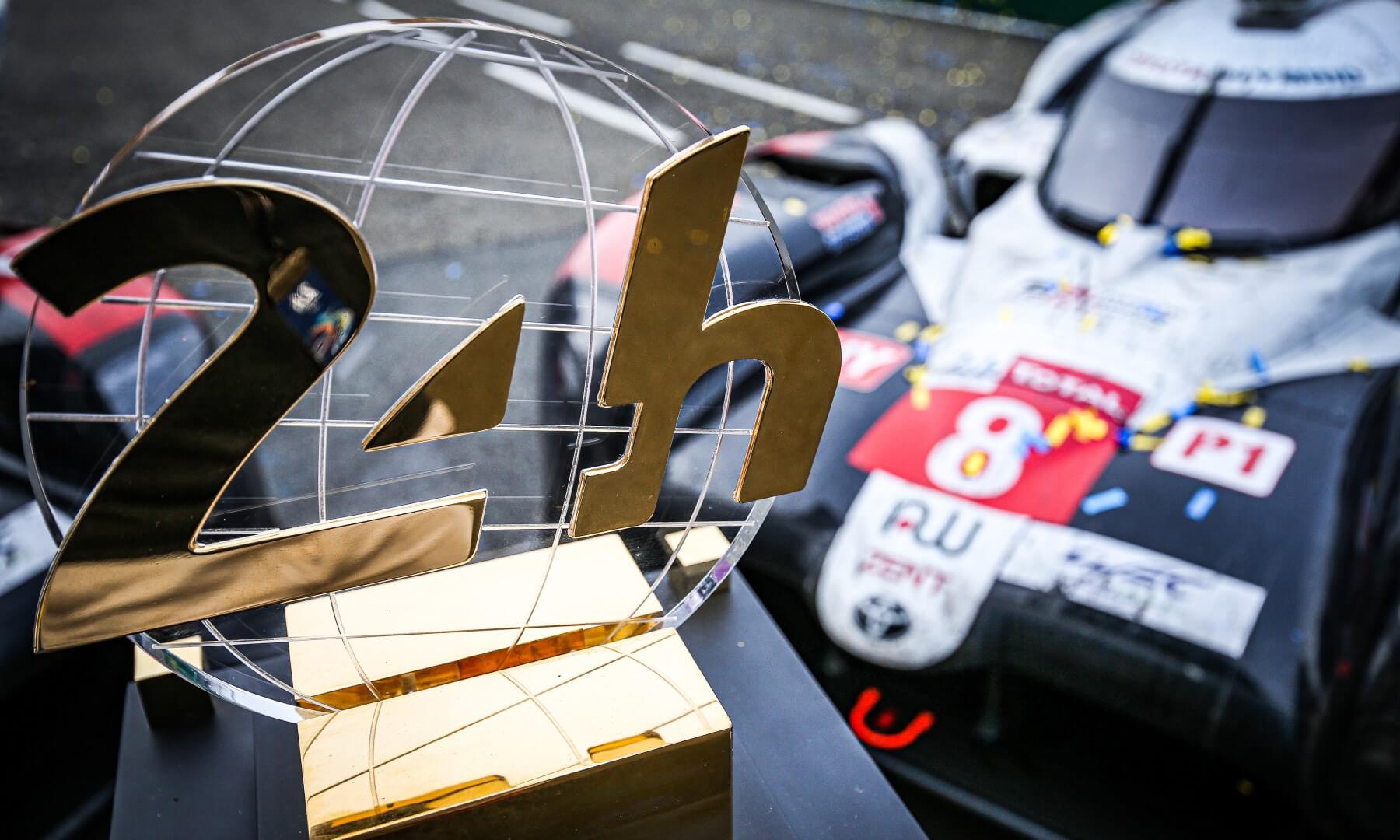


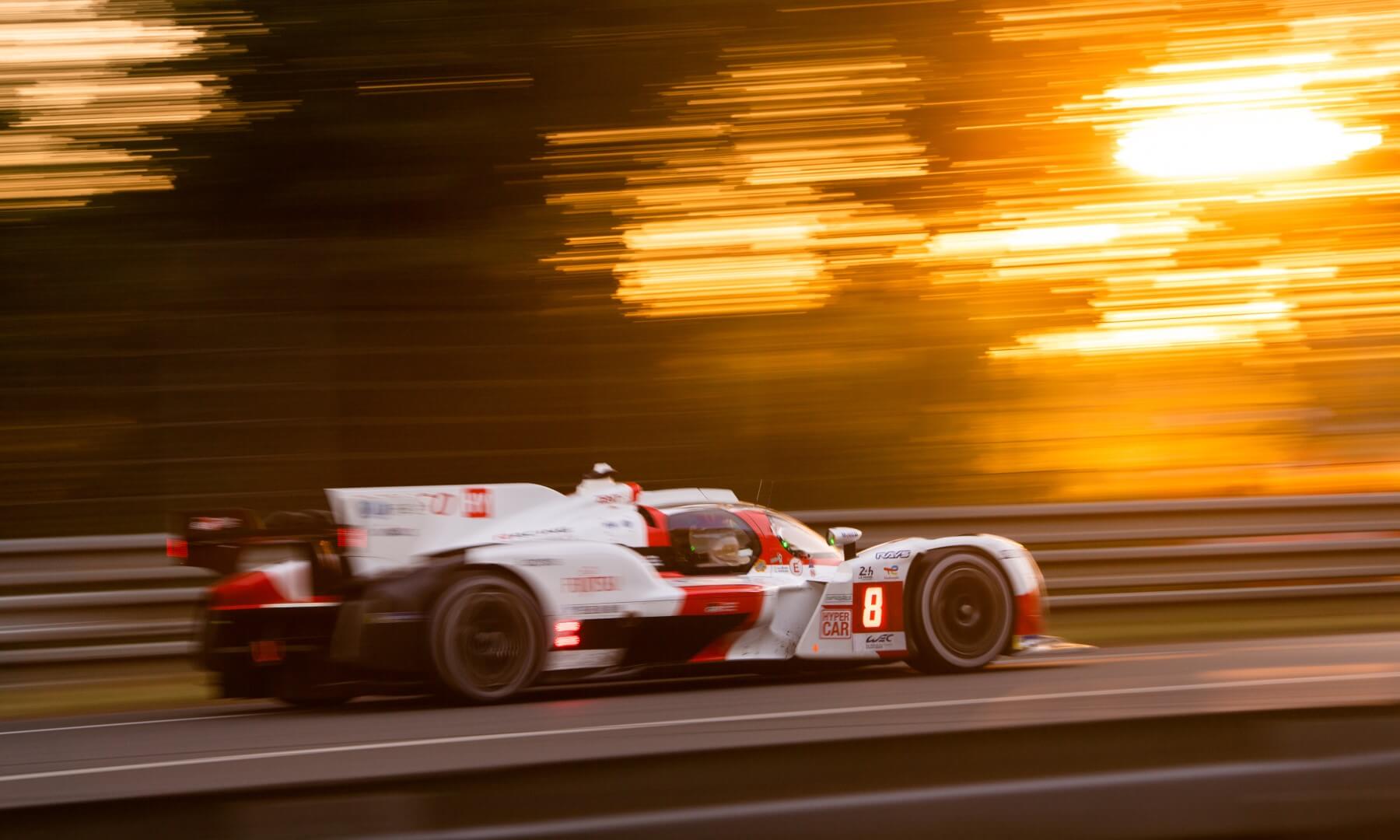
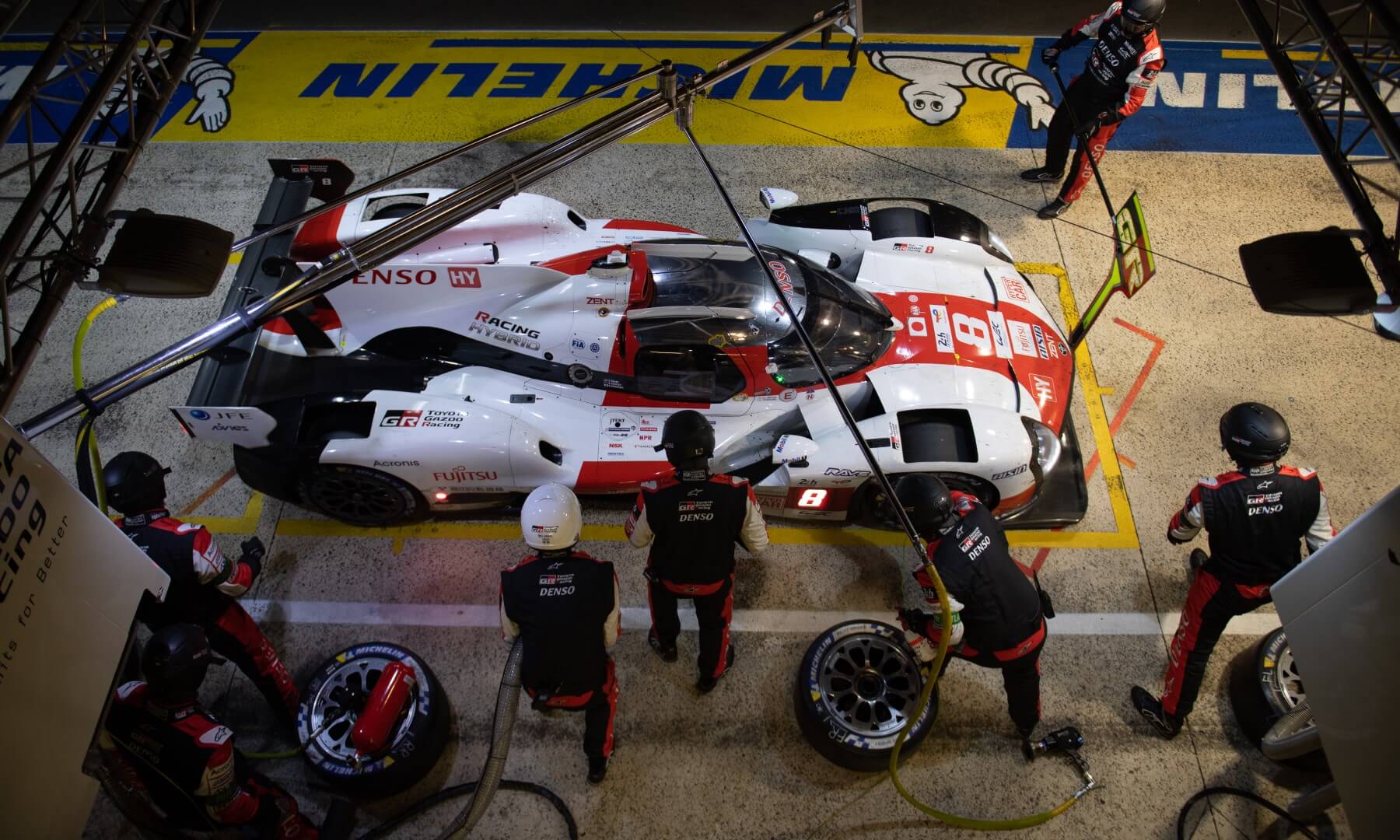


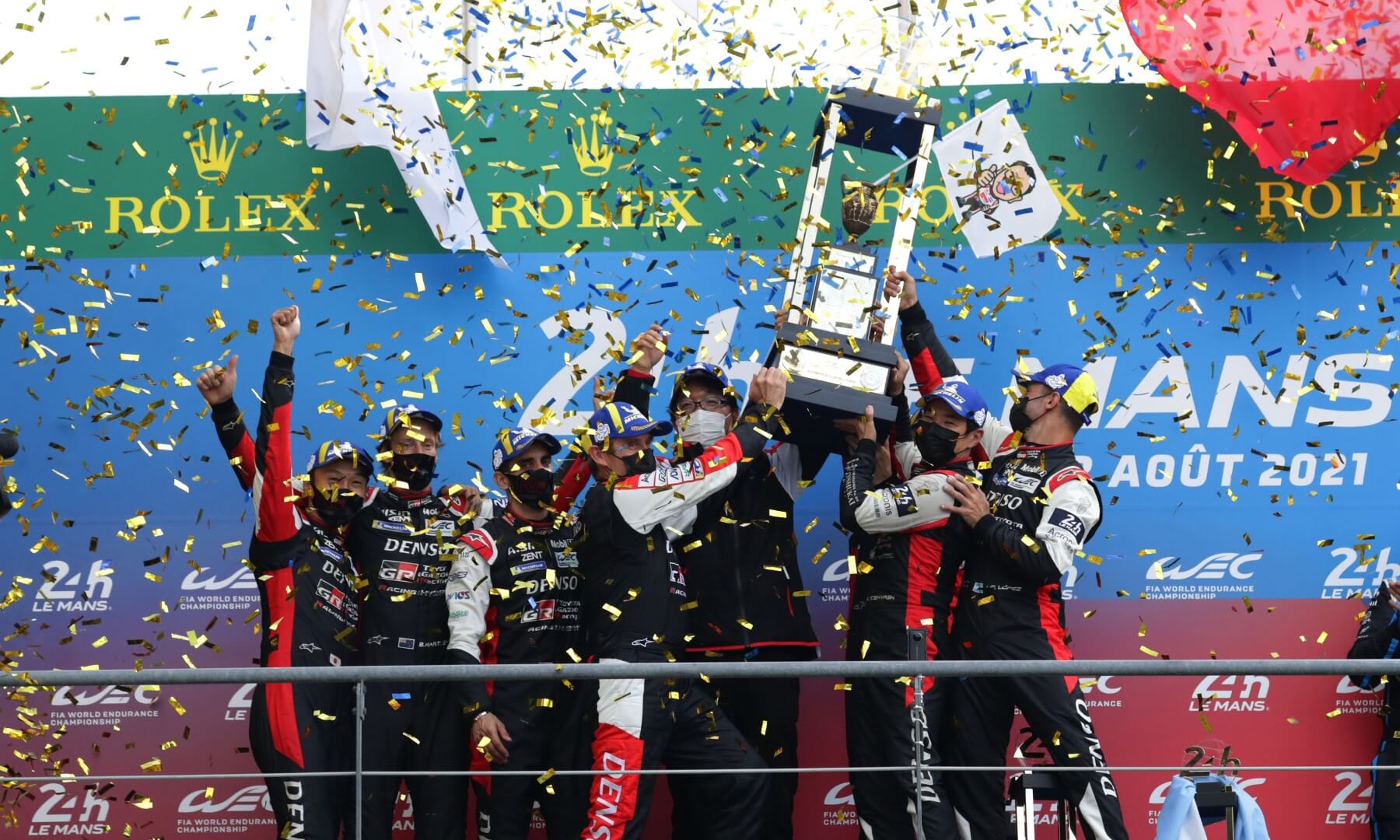

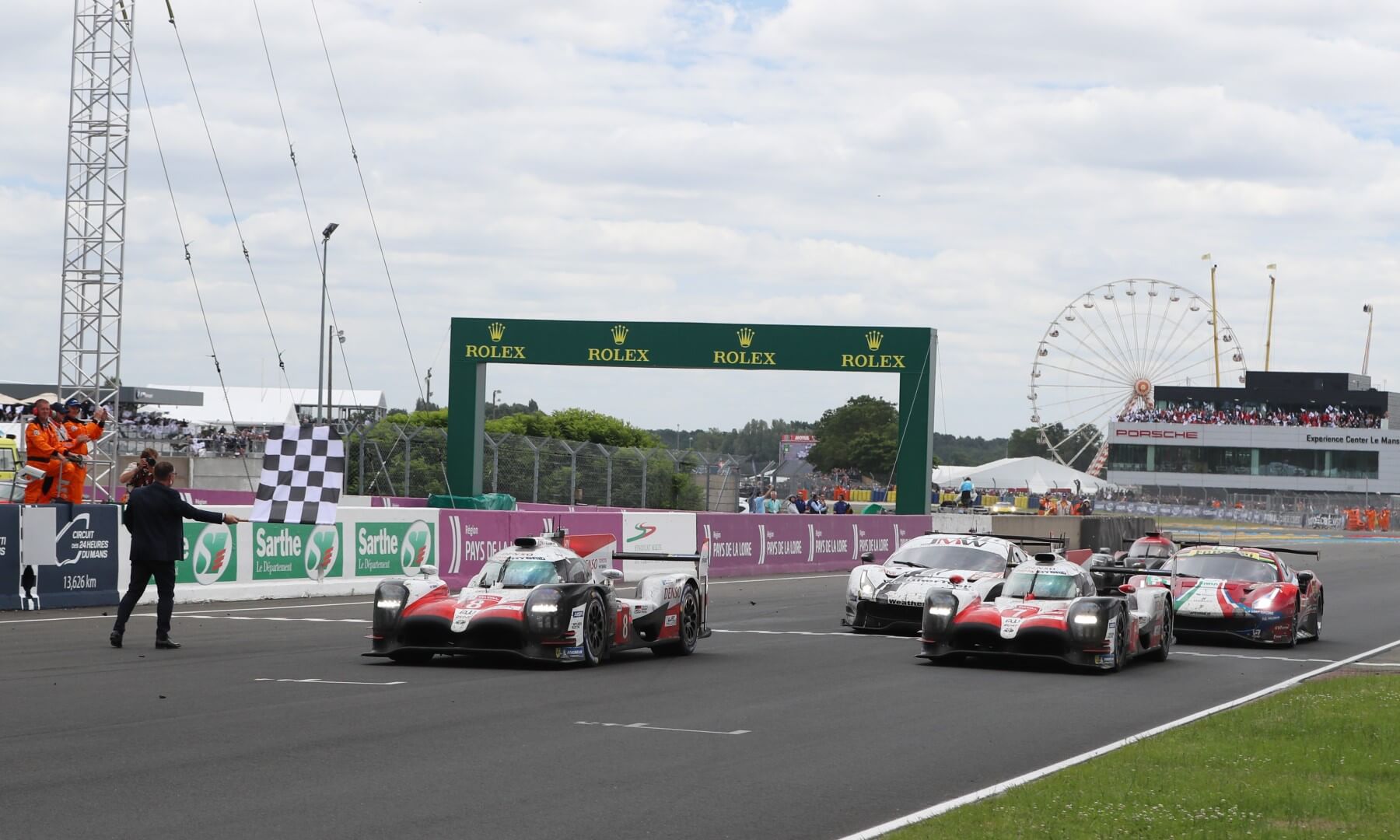
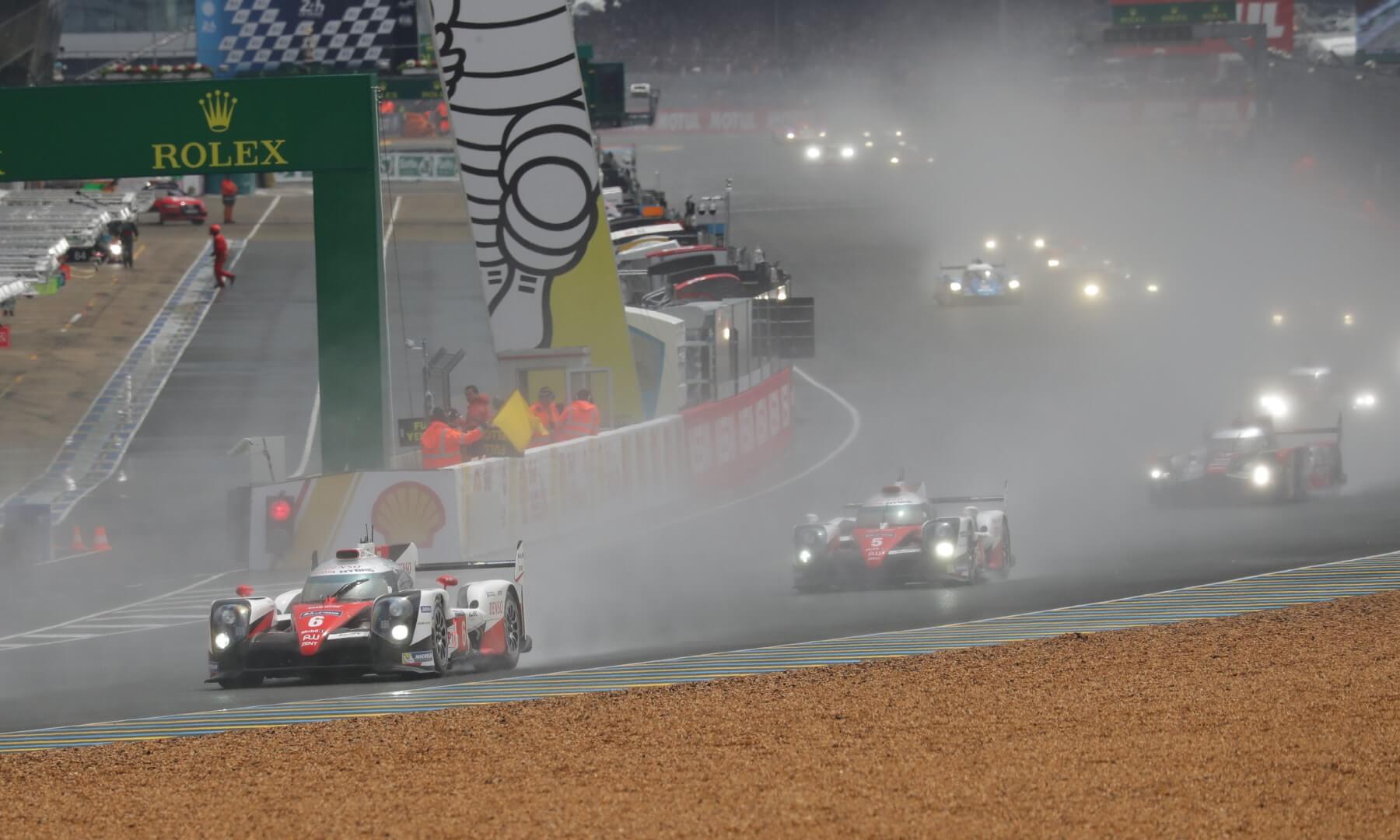
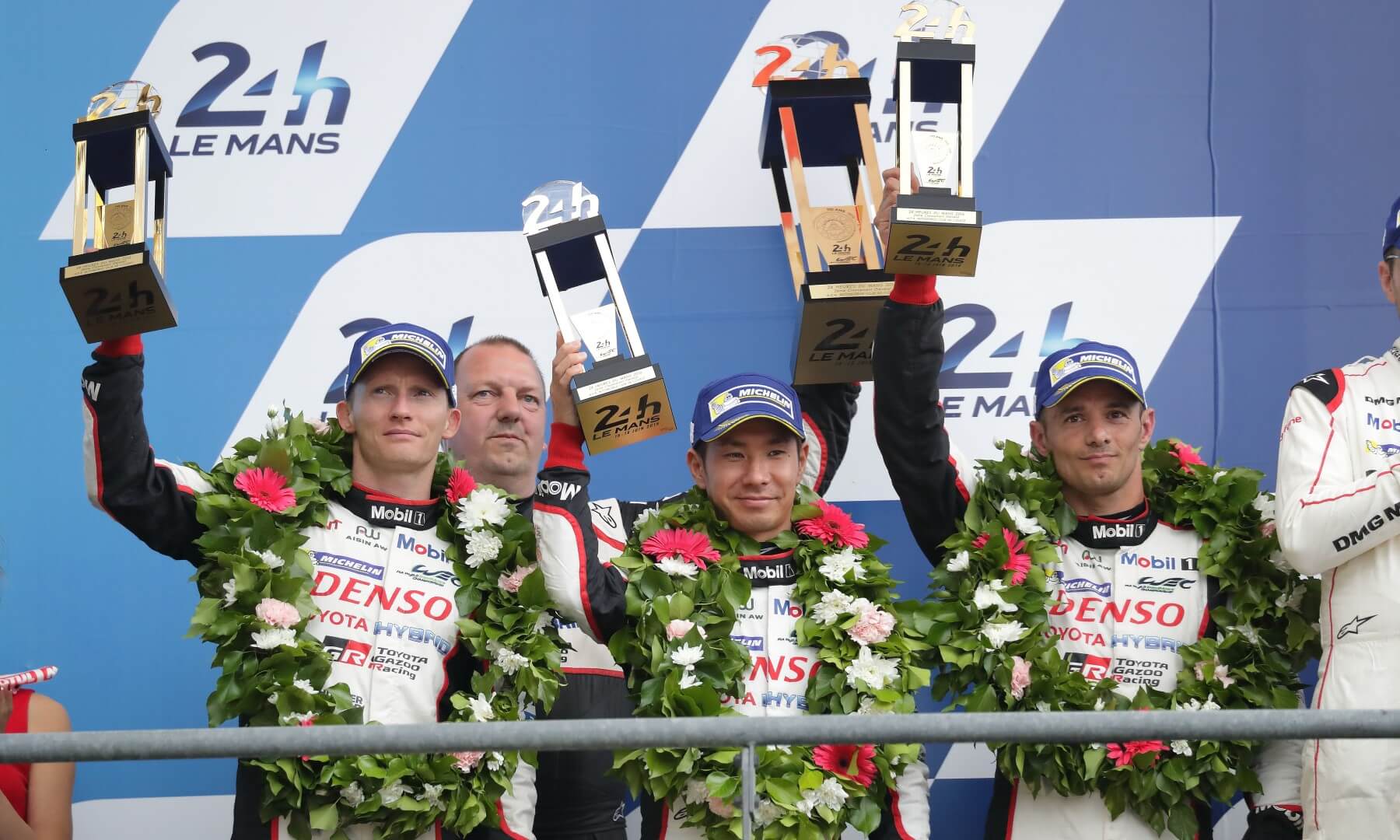
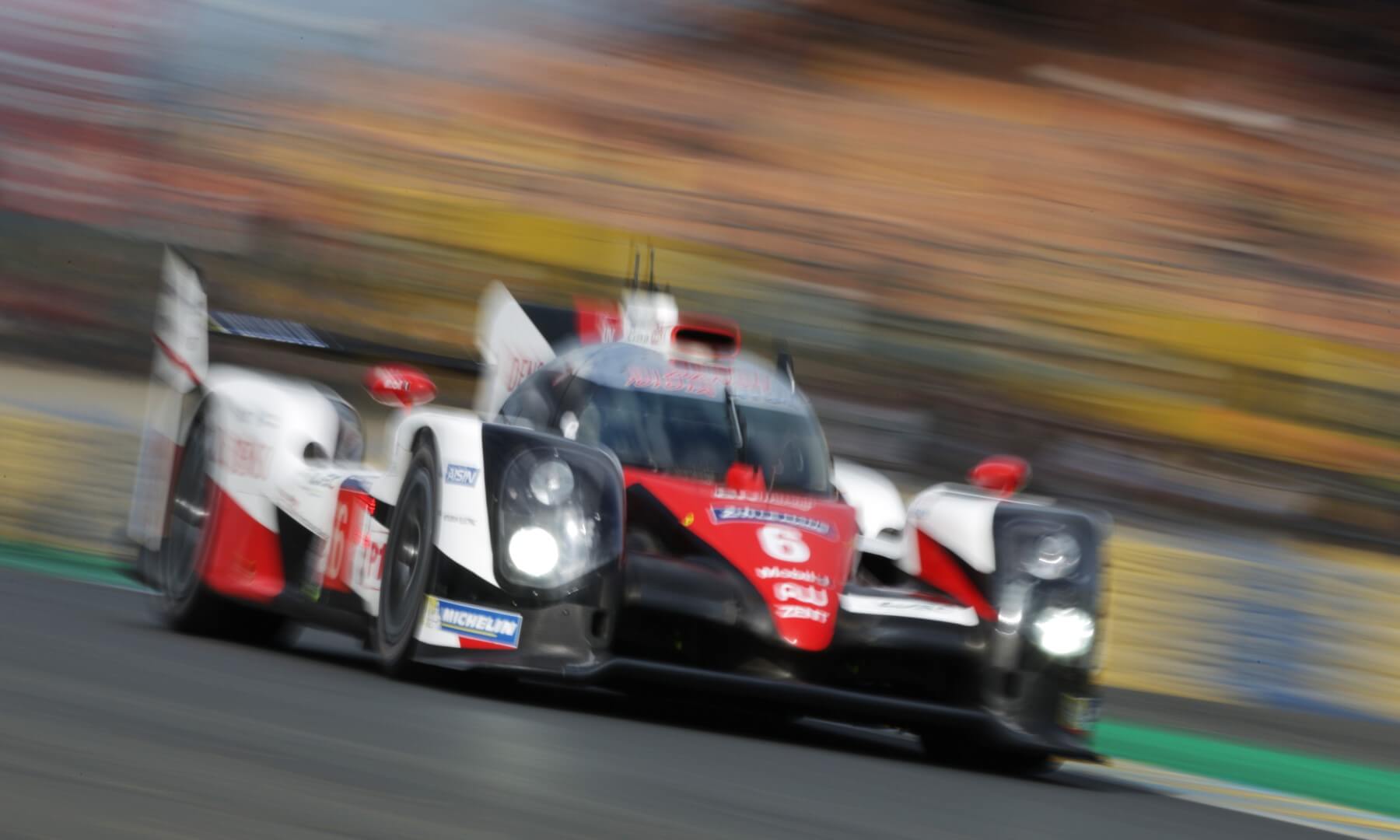
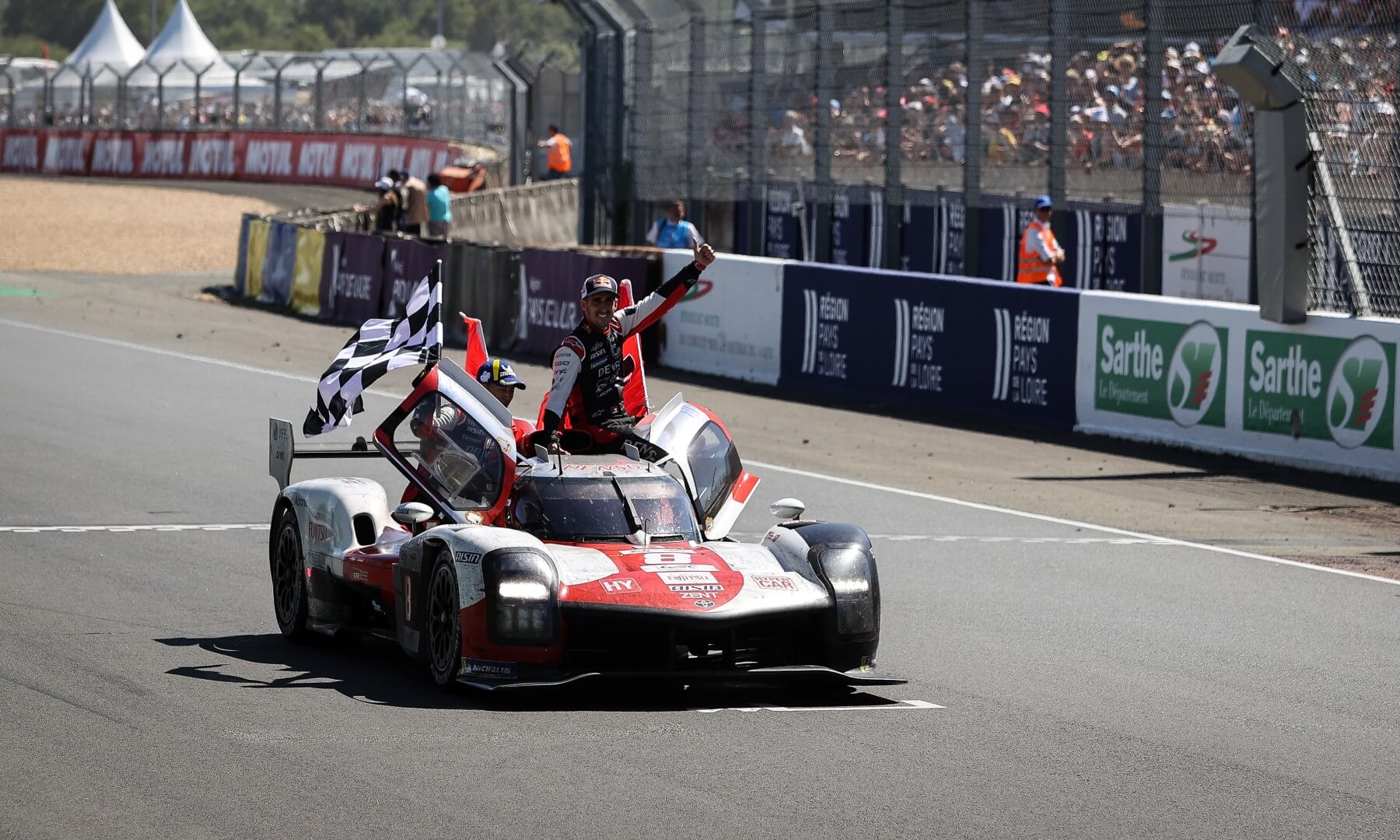
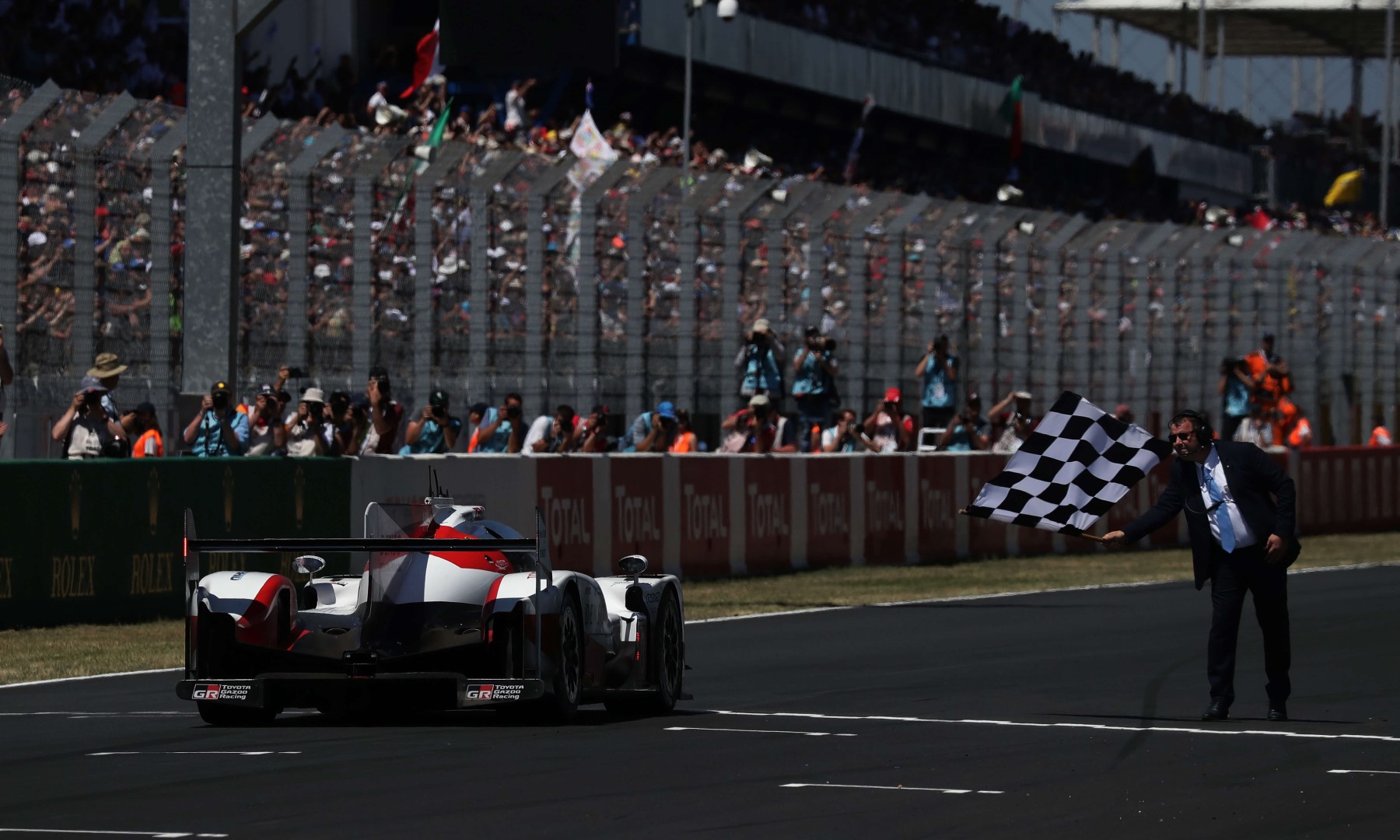

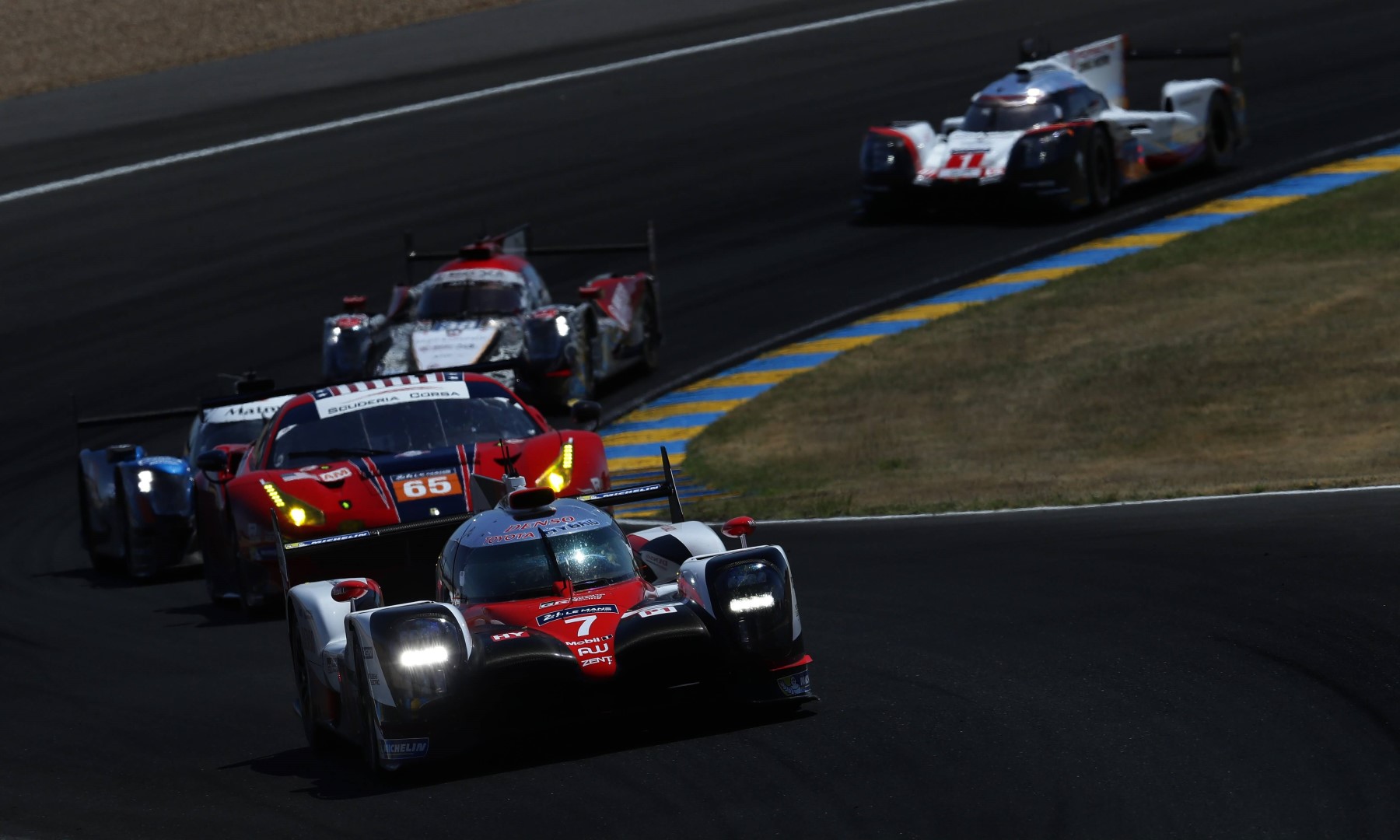
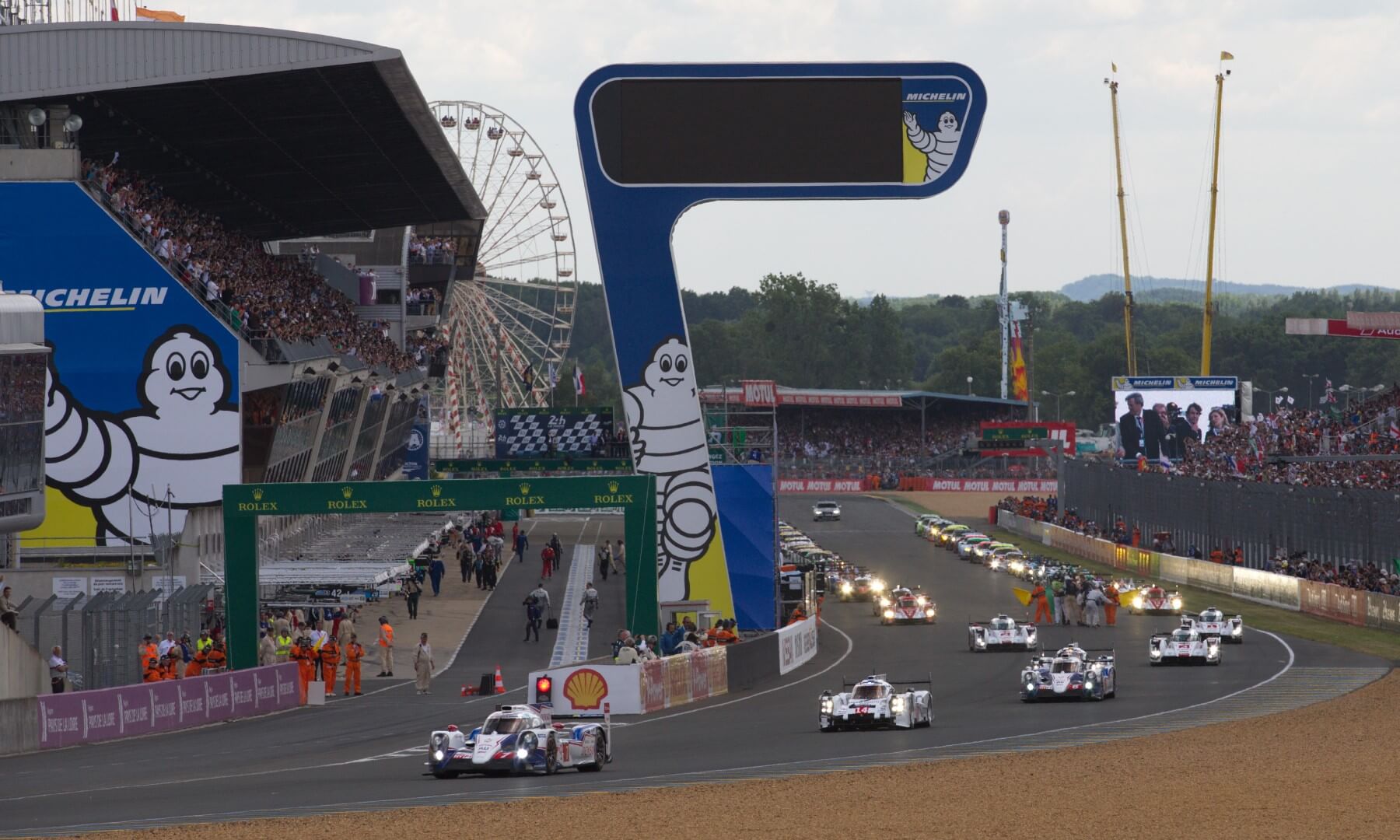
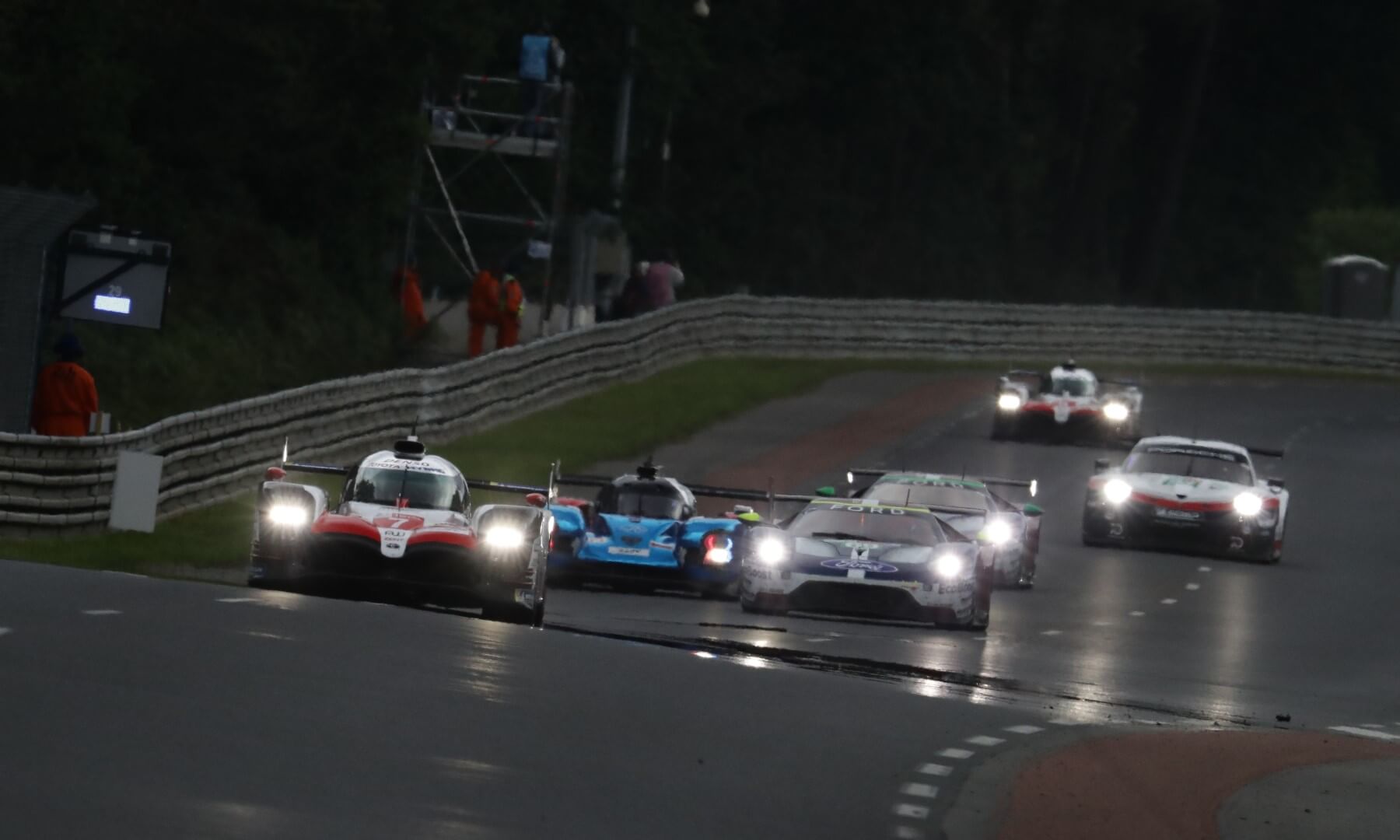
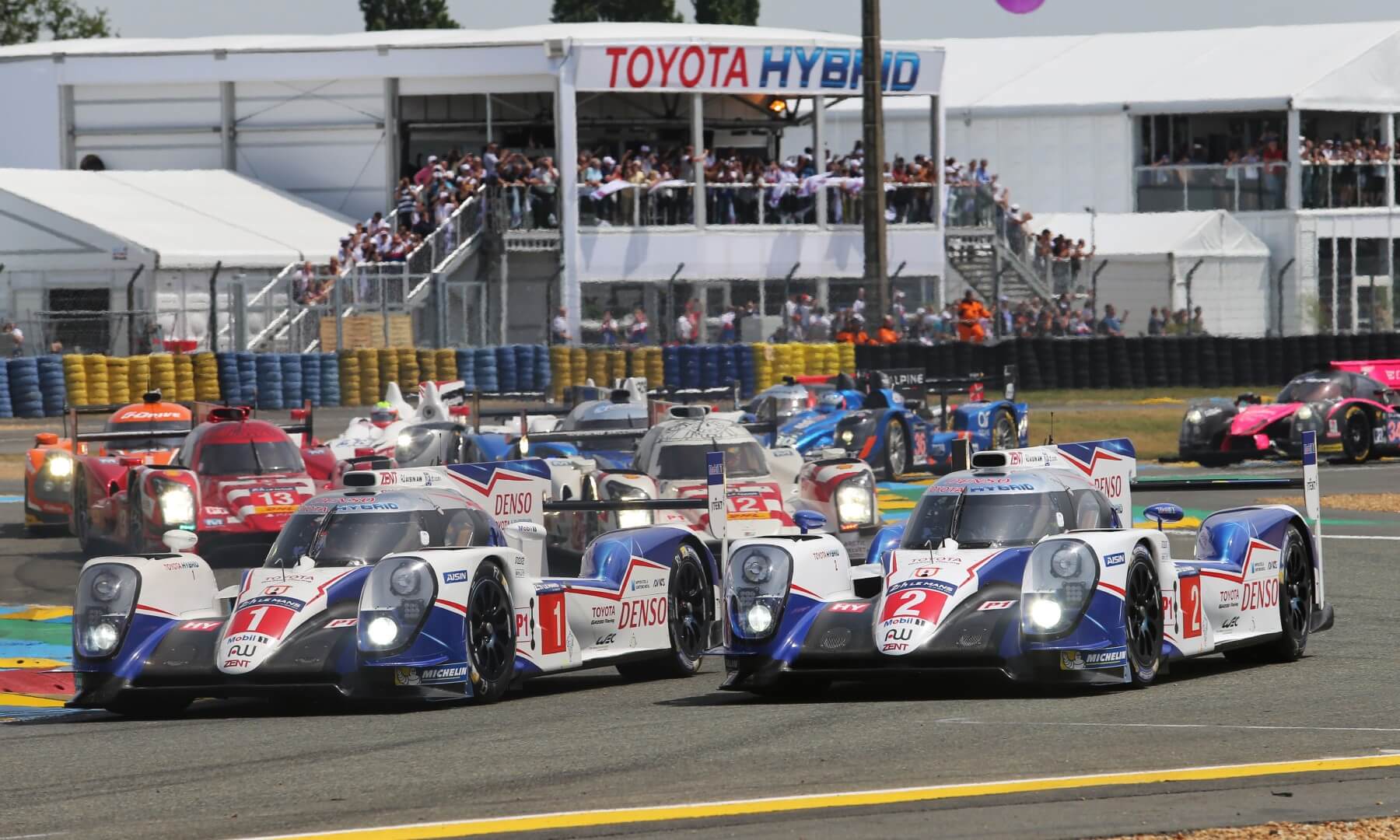
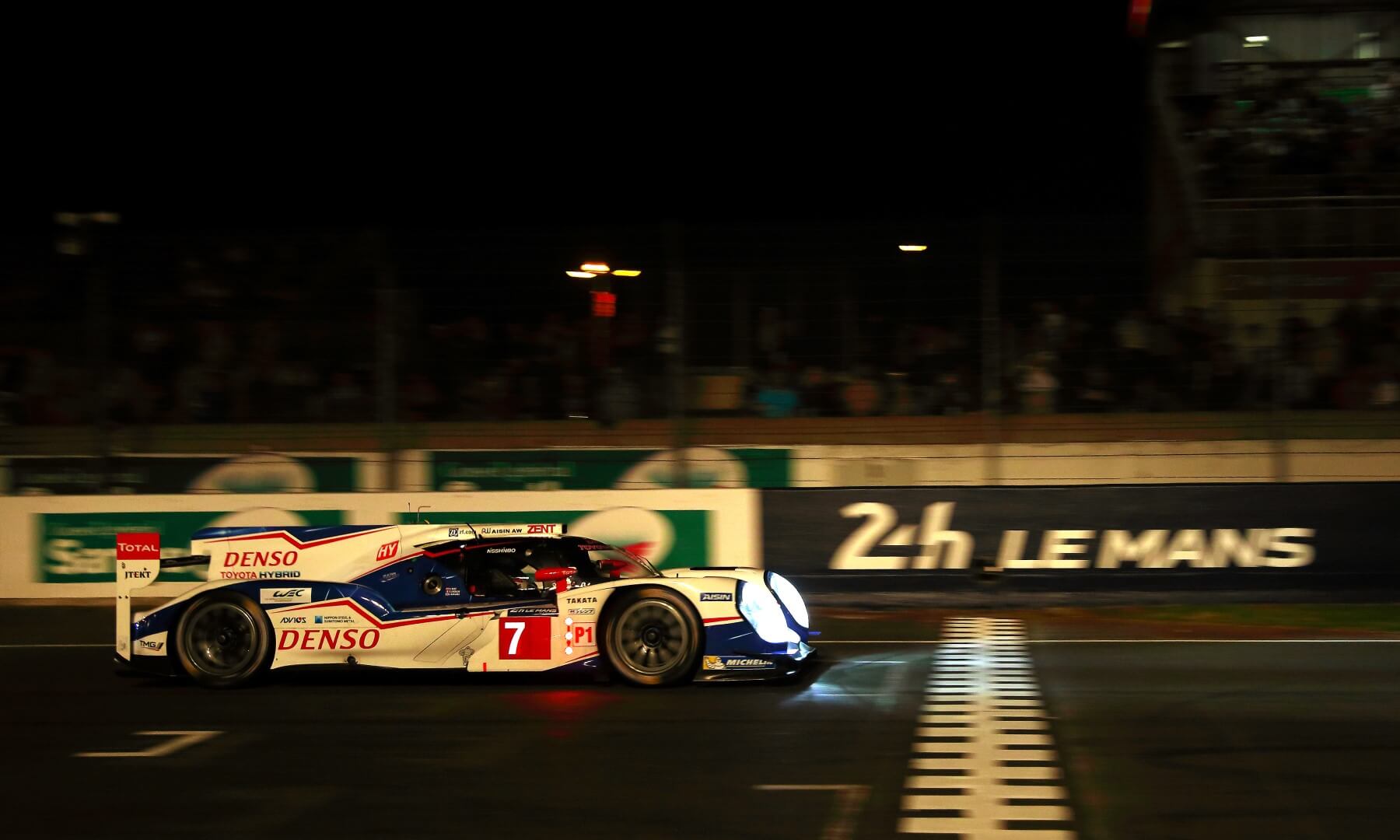
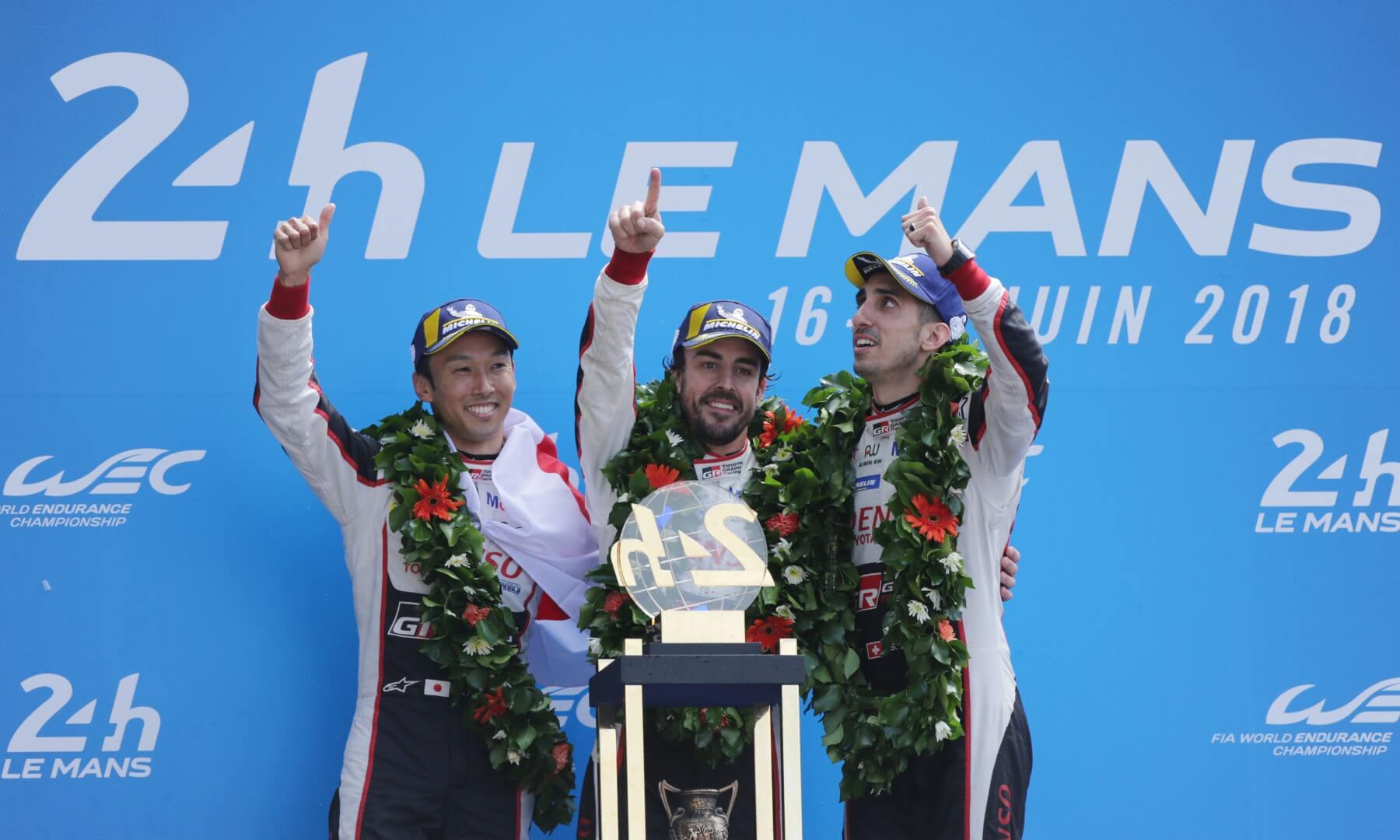
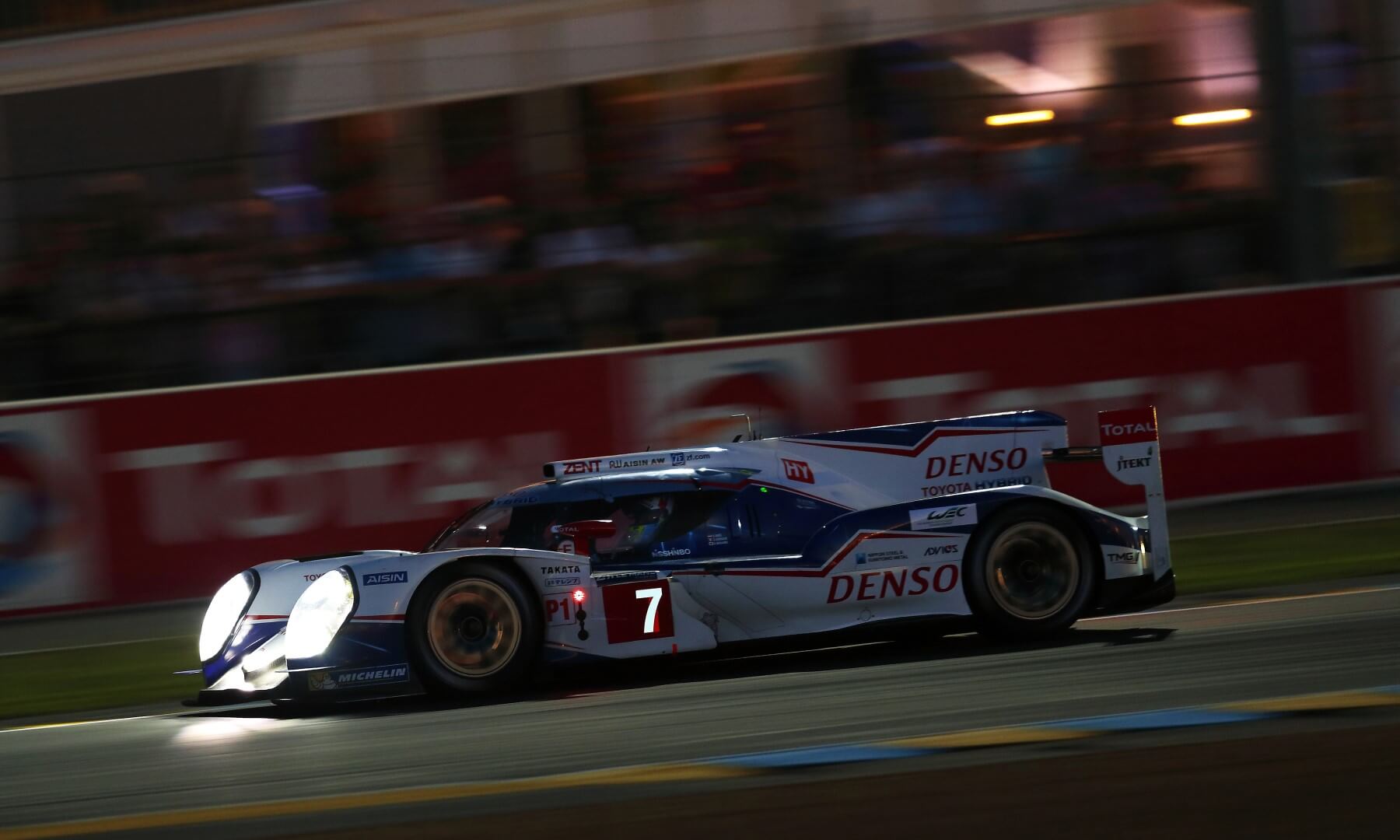

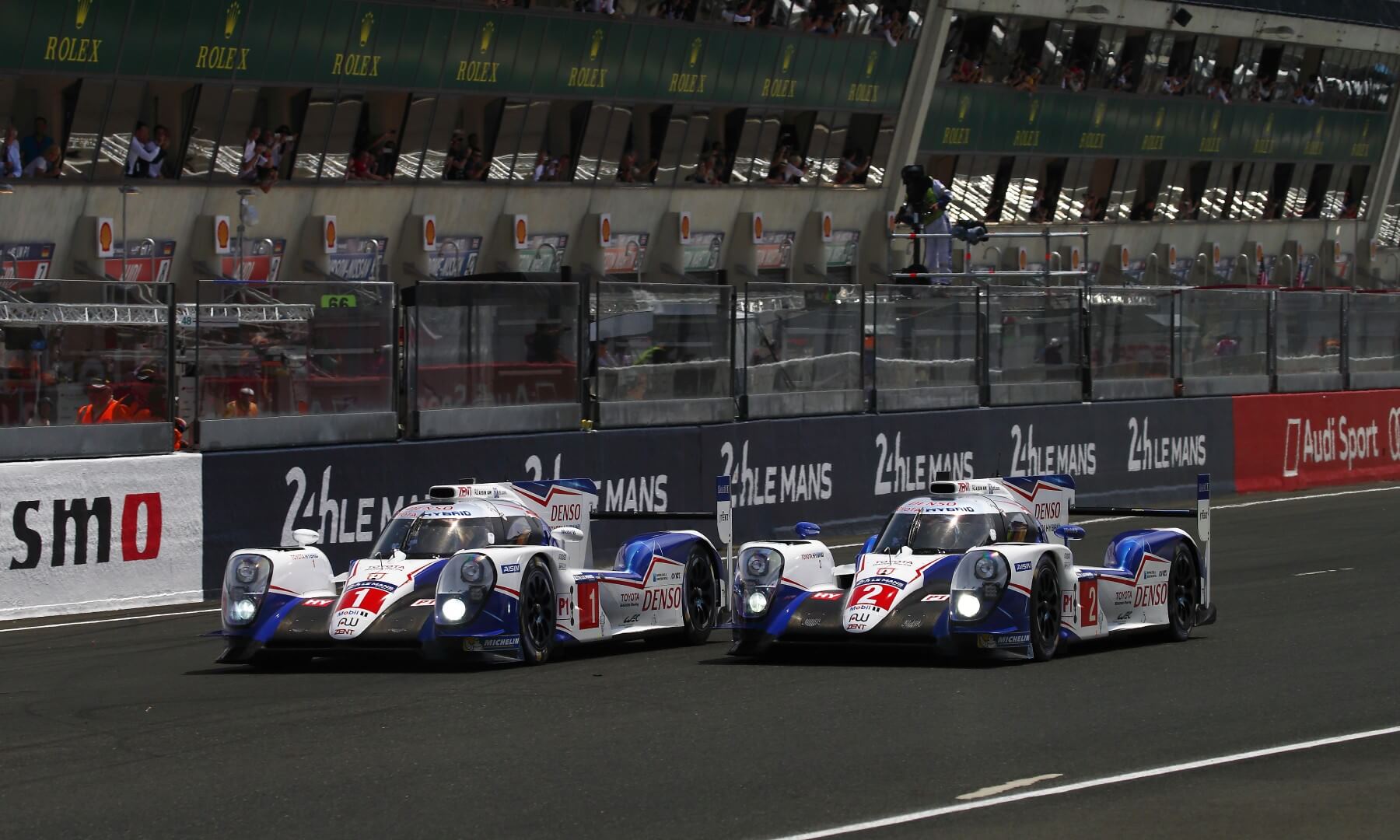
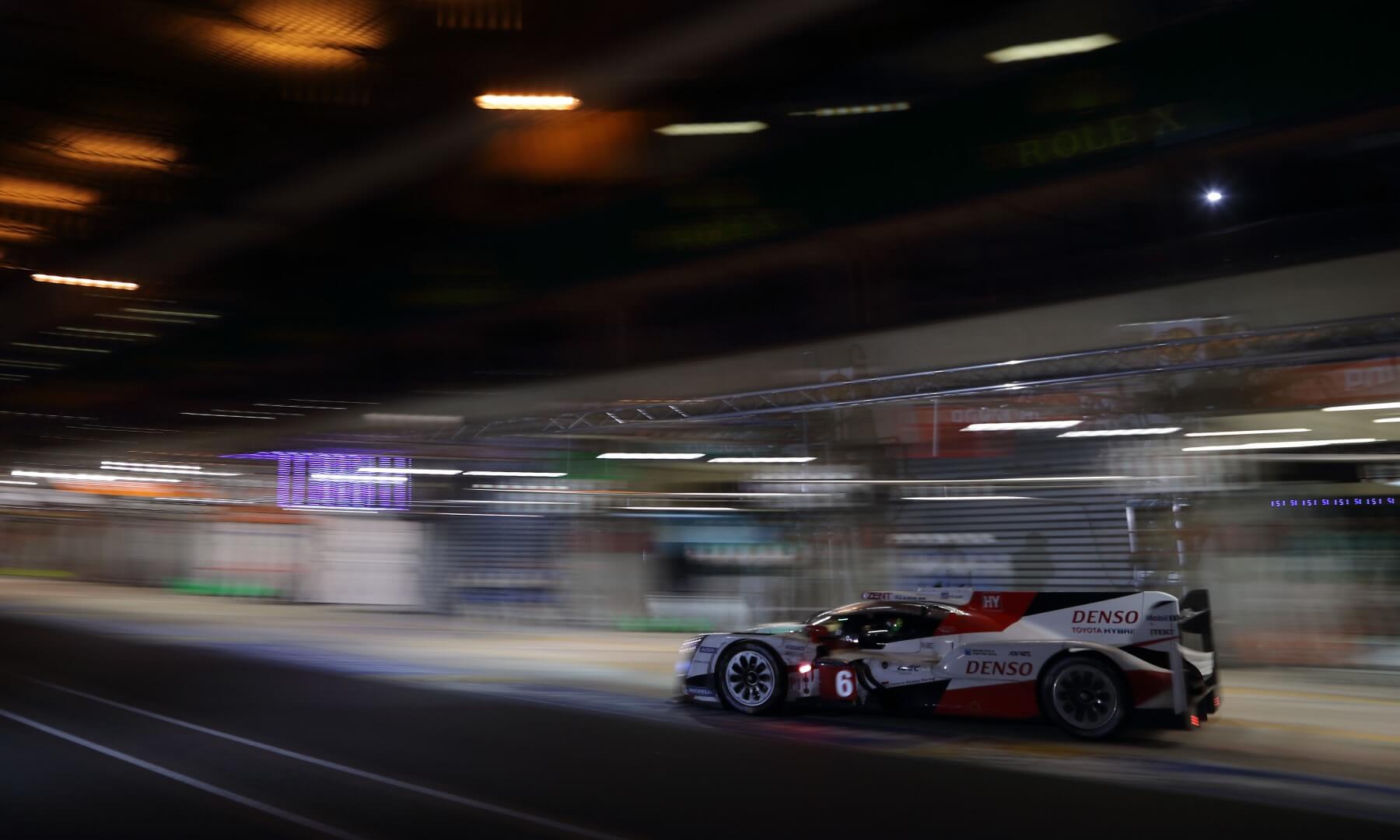
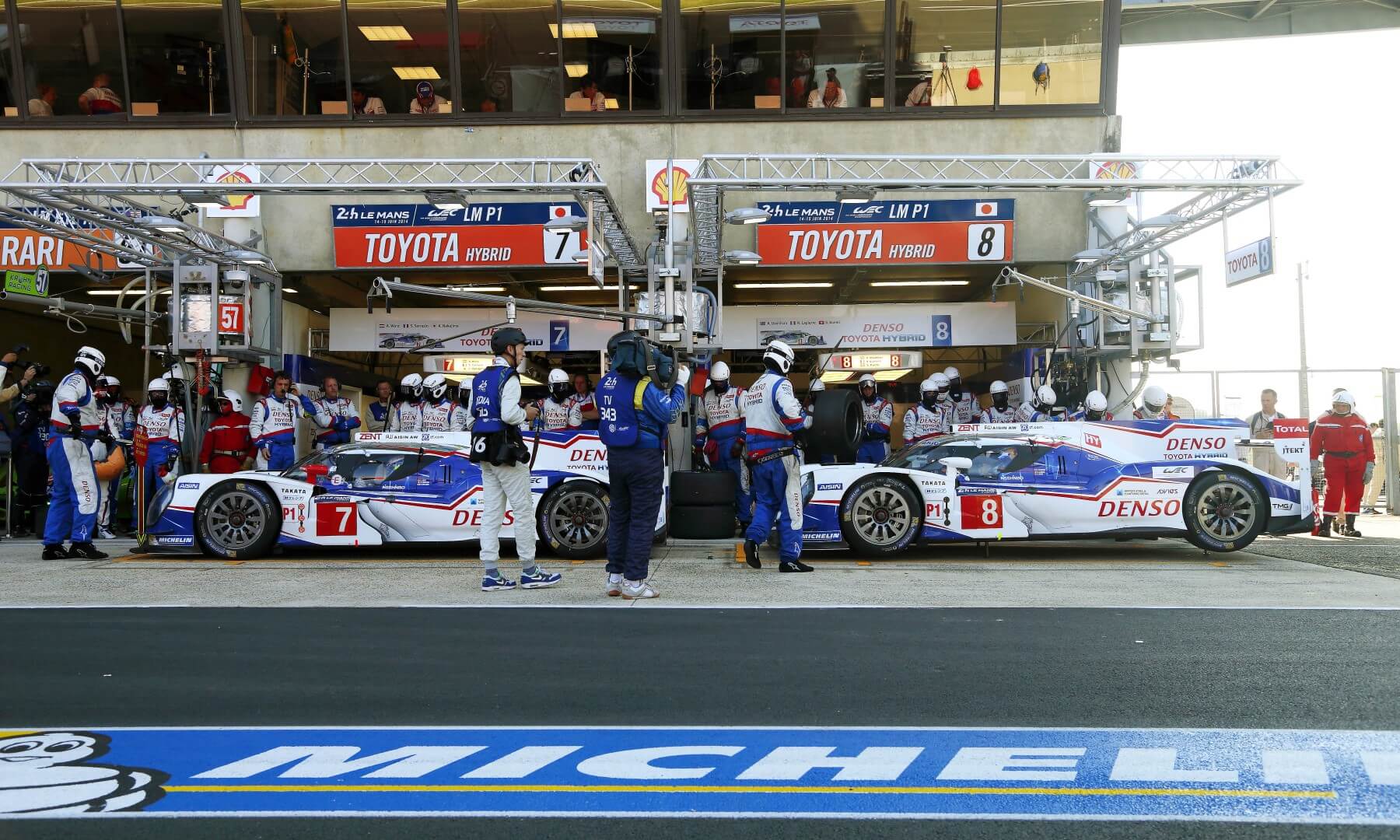

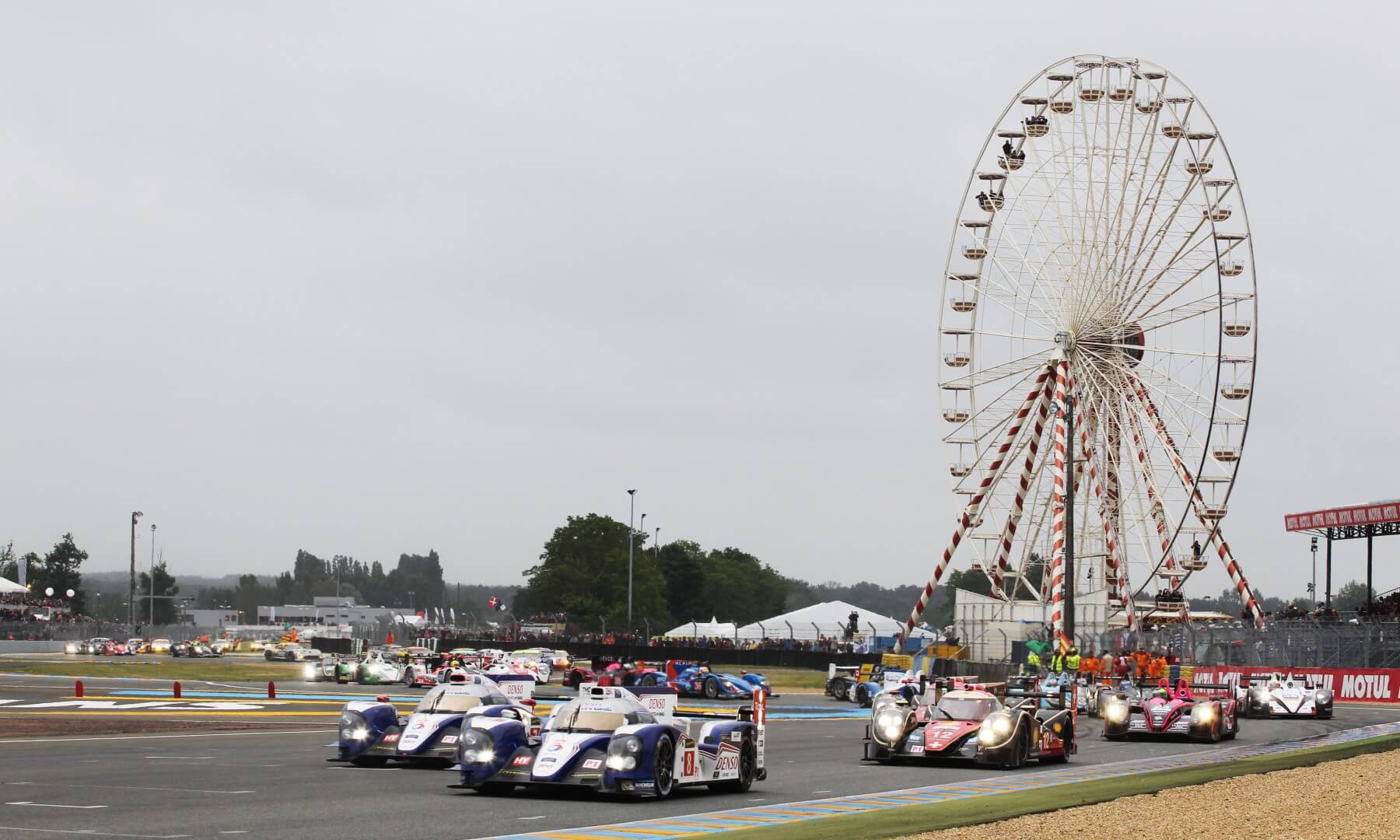
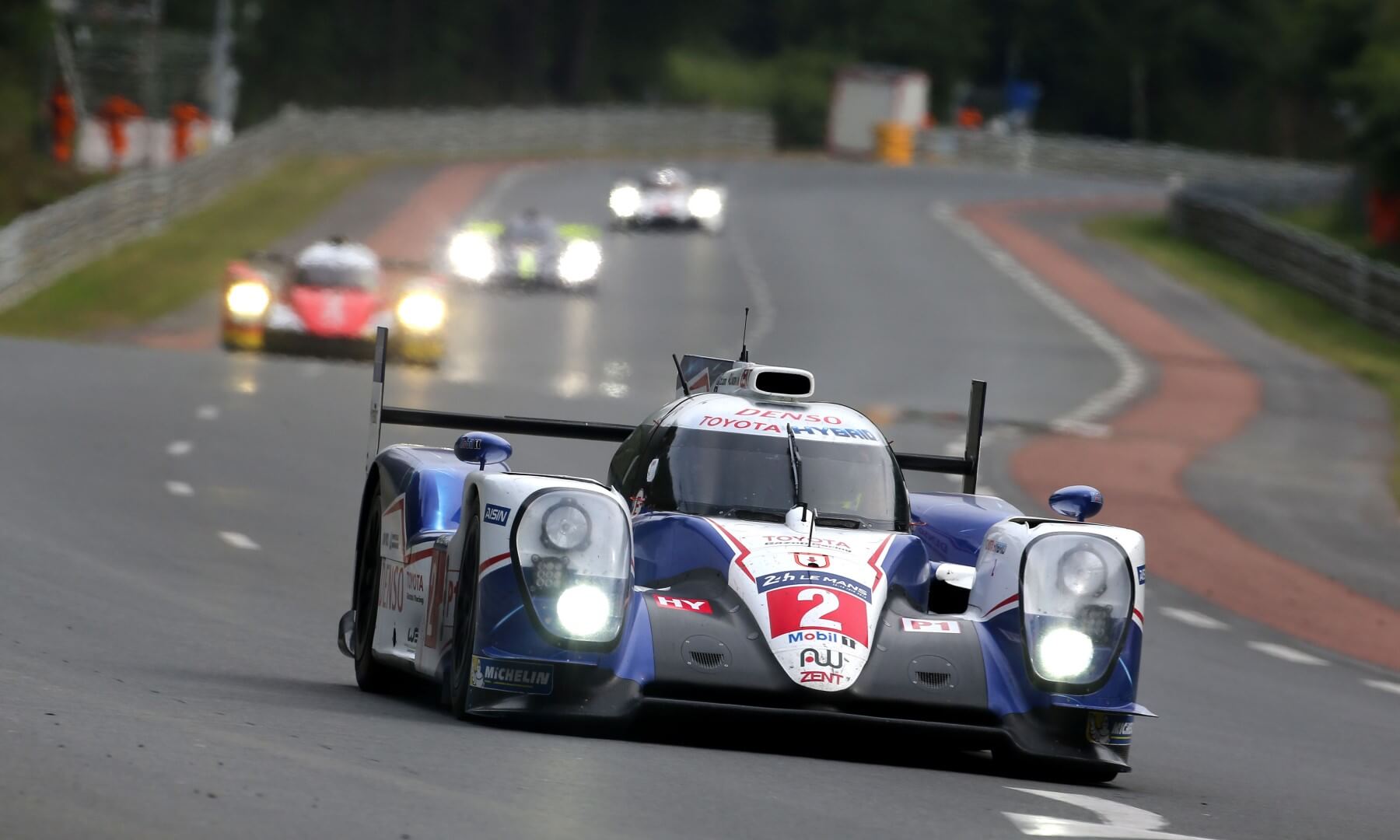
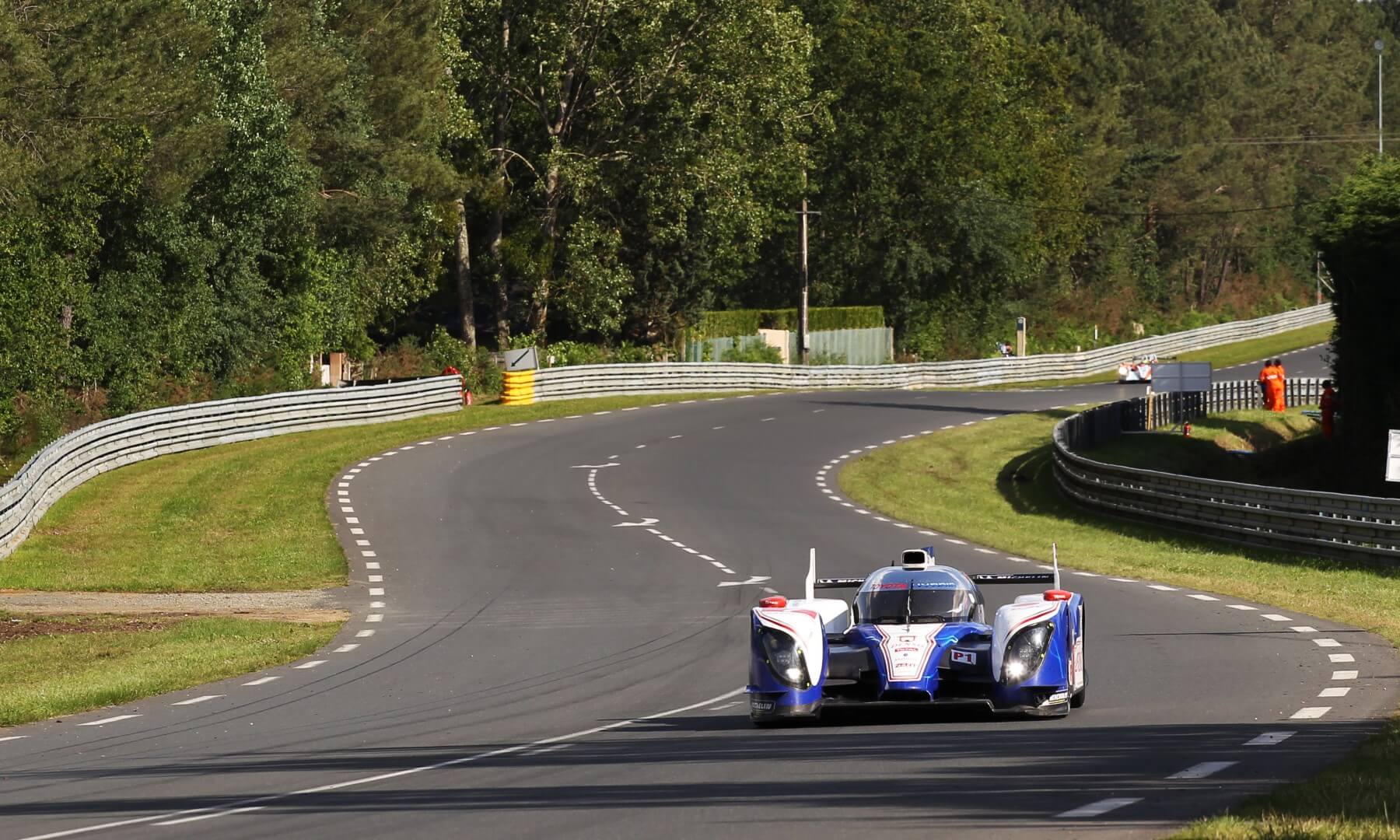
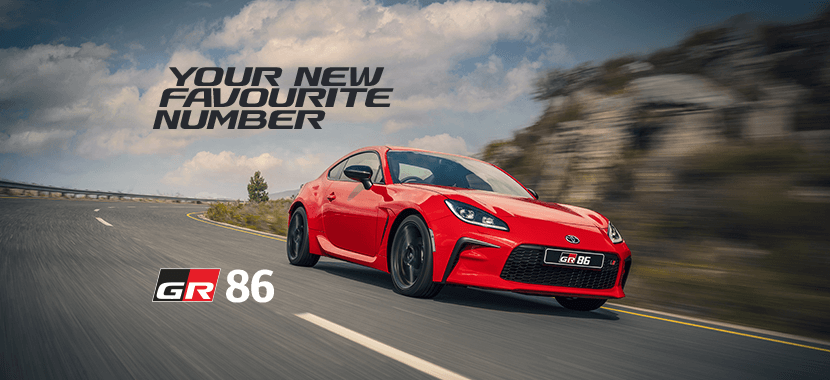
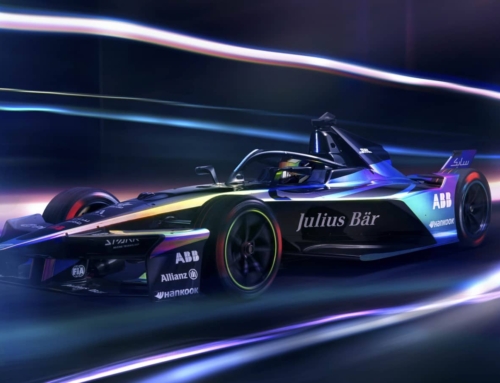

![Pepper Loses By 0,042 Sec At Nurburgring [video]](https://doubleapex.co.za/wp-content/uploads/2024/04/Pepper-Loses-By-0042-Sec-1-500x383.jpg)

Leave A Comment